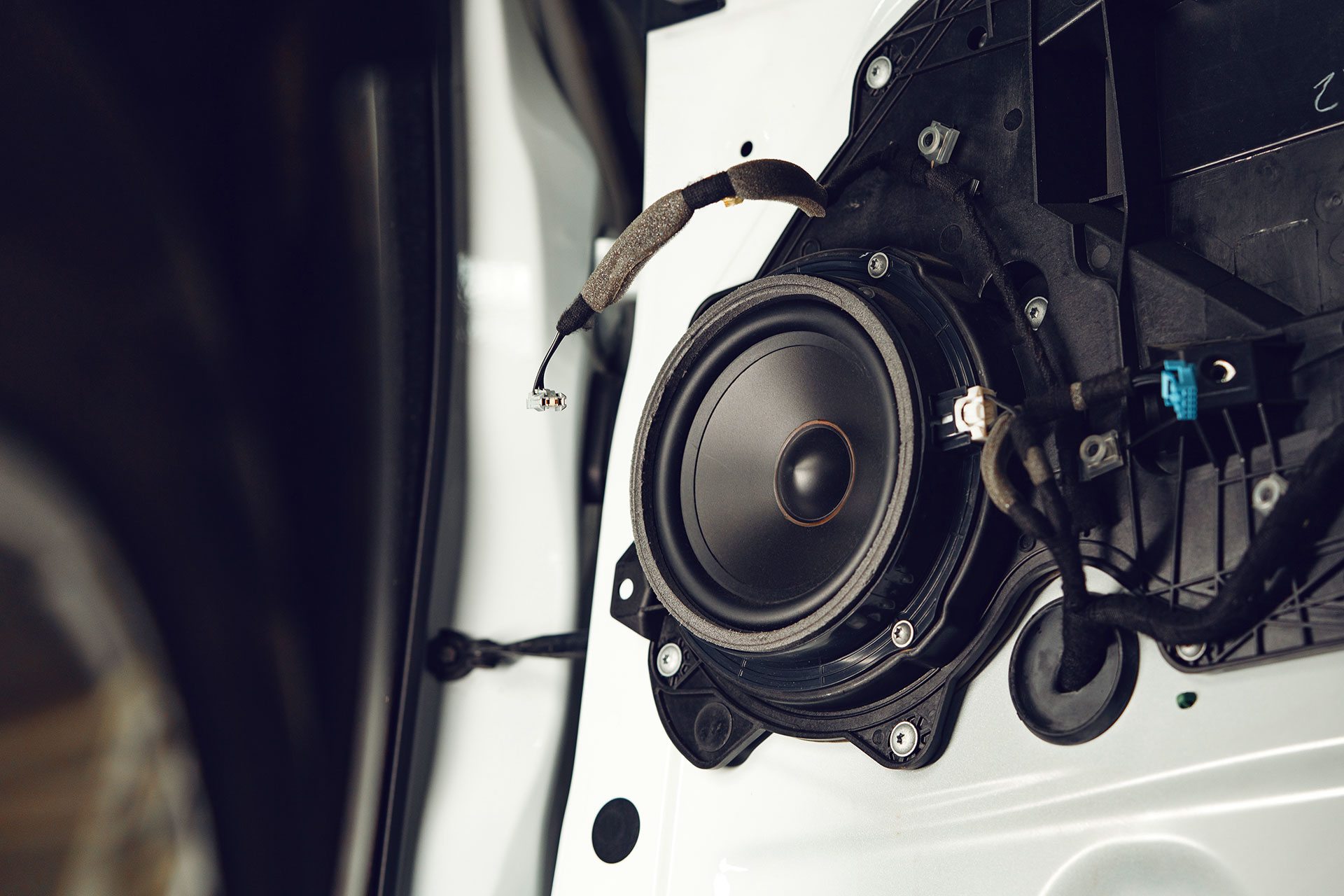On the surface, car audio might seem simple. Speakers, an amplifier, maybe a subwoofer, and you’re ready to go. But anyone who has compared budget gear with premium components knows there’s a world of difference. It’s not just about volume or brand names. It’s about clarity, durability, and the way music feels when it fills a space.
Why Cheap Sounds Cheap
Budget car audio components cut corners where it matters most. Thin materials in cones and tweeters can’t reproduce sound accurately. Low-grade wiring introduces noise and distortion. Amplifiers struggle to deliver consistent power, which means bass feels muddy and highs get harsh.
At first, it might seem acceptable, but over time, fatigue sets in, and music doesn’t sound alive; it sounds flat.
What Quality Actually Delivers
High-quality components are engineered for precision. Cones are made from stronger, more responsive materials that handle a wide frequency range without distortion. Crossovers are designed to separate highs, mids, and lows cleanly. Amplifiers deliver steady, clean power, allowing speakers to perform at their best.
The result is depth, richness, and detail that makes every drive feel like a private concert.
Longevity that Pays Off
The difference doesn’t end with sound. Cheap components wear out quickly. Cones crack, wiring corrodes, and performance fades in just a few years. Quality gear is built to last, with materials designed to withstand heat, vibration, and daily use.
Investing once in durable equipment often costs less than replacing budget components again and again.
Experience Beyond Volume
Louder isn’t better, it’s just louder. Quality audio creates a balanced soundstage where you can pick out each instrument, feel the weight of bass without rattles, and hear vocals with crisp clarity.
Cheap setups often collapse at high volumes, while premium systems stay smooth and clear no matter how much you push them.
How to Tell the Difference in Practice
When choosing components, here are a few signs of quality to look for:
- Speakers made with durable materials like polypropylene, Kevlar, or treated paper
- Amplifiers with clean power ratings, not inflated numbers
- Crossovers that protect speakers by routing the right frequencies to the right drivers
- Wiring and connectors built to resist corrosion and maintain strong signals
These details separate equipment that just makes noise from components that create an experience.
Conclusion
The real difference between cheap and quality car audio isn’t subtle; it’s the line between sound you tolerate and sound you love. Cheap components save money at first, but cost more in frustration and replacements down the road. Quality gear lasts longer, performs better, and makes every moment behind the wheel more enjoyable.
When it comes to audio, the investment isn’t about equipment, it’s about how music makes you feel every time you turn the key.




